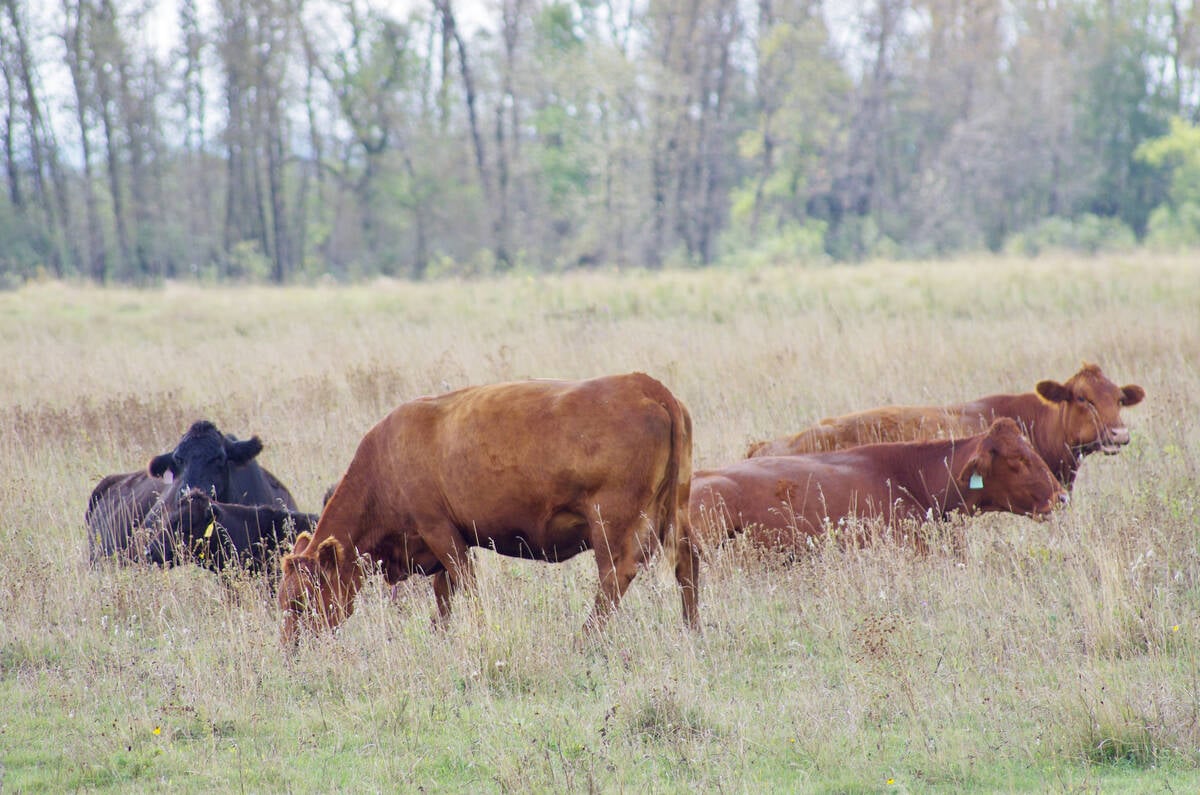CNS Canada — Lukewarm prices for oats, coupled with dry conditions in Alberta and soggy conditions in Manitoba, are crimping acreage this year.
Generally known as one of the hardier crops around, oats haven’t been setting any record highs on price charts, resulting in a forecast of 11 per cent less acreage in Canada.
“The prices of oats are lower (compared to other crops, such as pulses) going into the seeding season, and also as farmers are making their decision on what to plant,” said Shawna Mathieson, executive director of the Prairie Oat Growers Association at Watson, Sask.
Read Also

U.S. livestock: Chicago cattle futures climb on post-Thanksgiving trade
Chicago | Reuters – Chicago Mercantile Exchange’s live and feeder cattle futures ticked up on Friday in a day of…
According to Statistics Canada’s acreage report, released last Thursday, Canadian farmers are expected to seed 2.97 million acres of oats, down from the 2015-16 total of 3.34 million acres.
Most of the lost acres appear to be in Manitoba and, to a lesser extent, Saskatchewan, Mathieson said.
“We’re not expecting to see quite as much of a decline in oat acres in Alberta as we are in Manitoba.”
Price, relative to other crops, appears to be a prime reason for the trend. Mathieson said one outlet in Alberta was offering prices of $3-$3.25 a bushel on Monday morning, while in Saskatchewan she noticed a recent quote of $2.75 a bushel.
“Realistically last year they (Alberta) had a low amount of oats produced so the prices there are a little higher, I think,” she explained.
The vast bulk of Canadian oat exports are sent to the U.S. “but about half of all the oats produced stay right here in Canada,” she said.
There is a chance more oats could go in than expected, if growers decide near the end of seeding that oats would fare better than their original choices.
Oats can do well if they get the nutrients they need and if they get at least some sun and rain, Mathieson said.
“Alberta could use some rain… Manitoba could use some drying and (parts of) Saskatchewan could probably use some drying to get in the field as well,” she said.
— Dave Sims writes for Commodity News Service Canada, a Winnipeg company specializing in grain and commodity market reporting.















